Blue and it's different shades are important colors in Persian culture. It is a spiritual color symbolizing peace, calmness, sky and infinity. So you may see this color is used a lot especially in the main field of Persian carpets as a sign of sky! Not only in Persian carpet industry but also in other traditional arts and architecture, blue, turquoise and nile have been used a lot. Just visit Iran and its historical monuments, you will see wonderful tiles that mainly were colored by different shades of blue and created peaceful and mystical atmosphere. Some Believe Dark Blue represent the life after death.
Persian carpets and rugs that has blue dyed fibers, are woven by many region in Iran especially in town carpet workshops as they are suitable for many decorations and give calm vibe. This wonderful color is obtained by two plants called "Woad" and "Indigo" in Iran for centuries. Indigo dyes are among the most durable colors used to dye Persian carpet fibers.

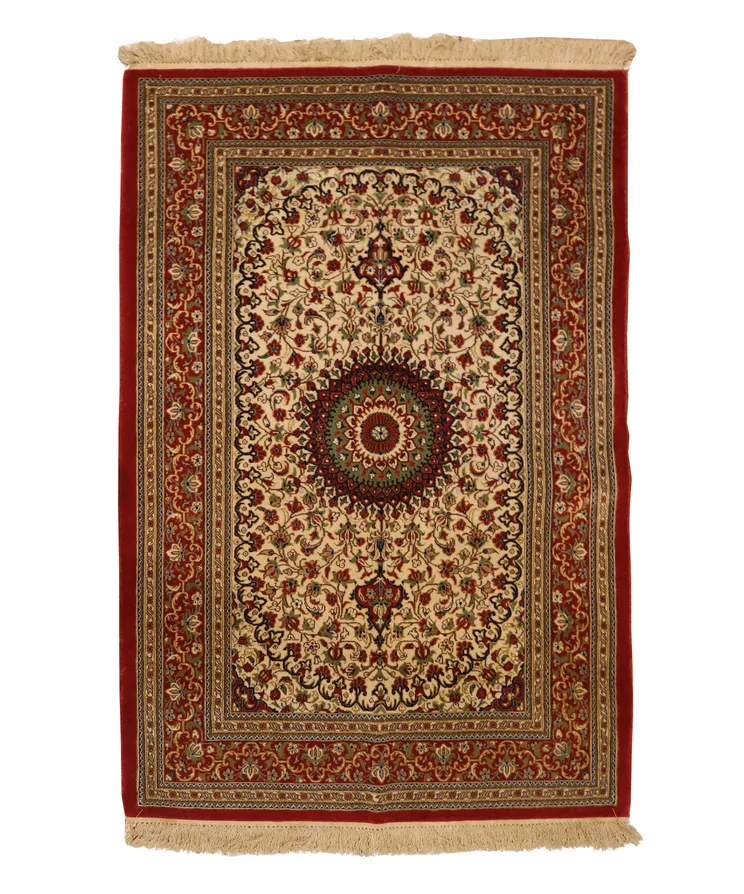
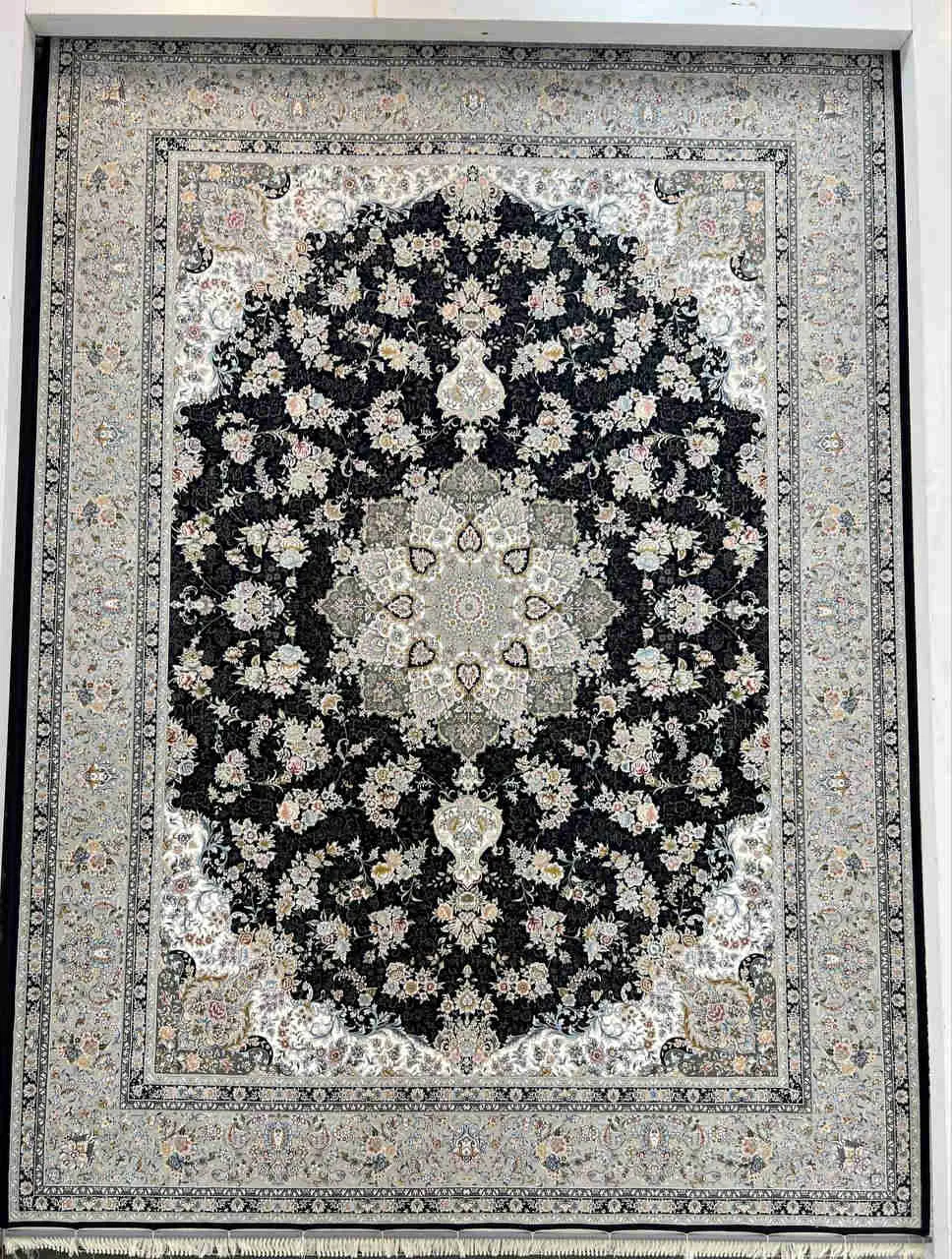
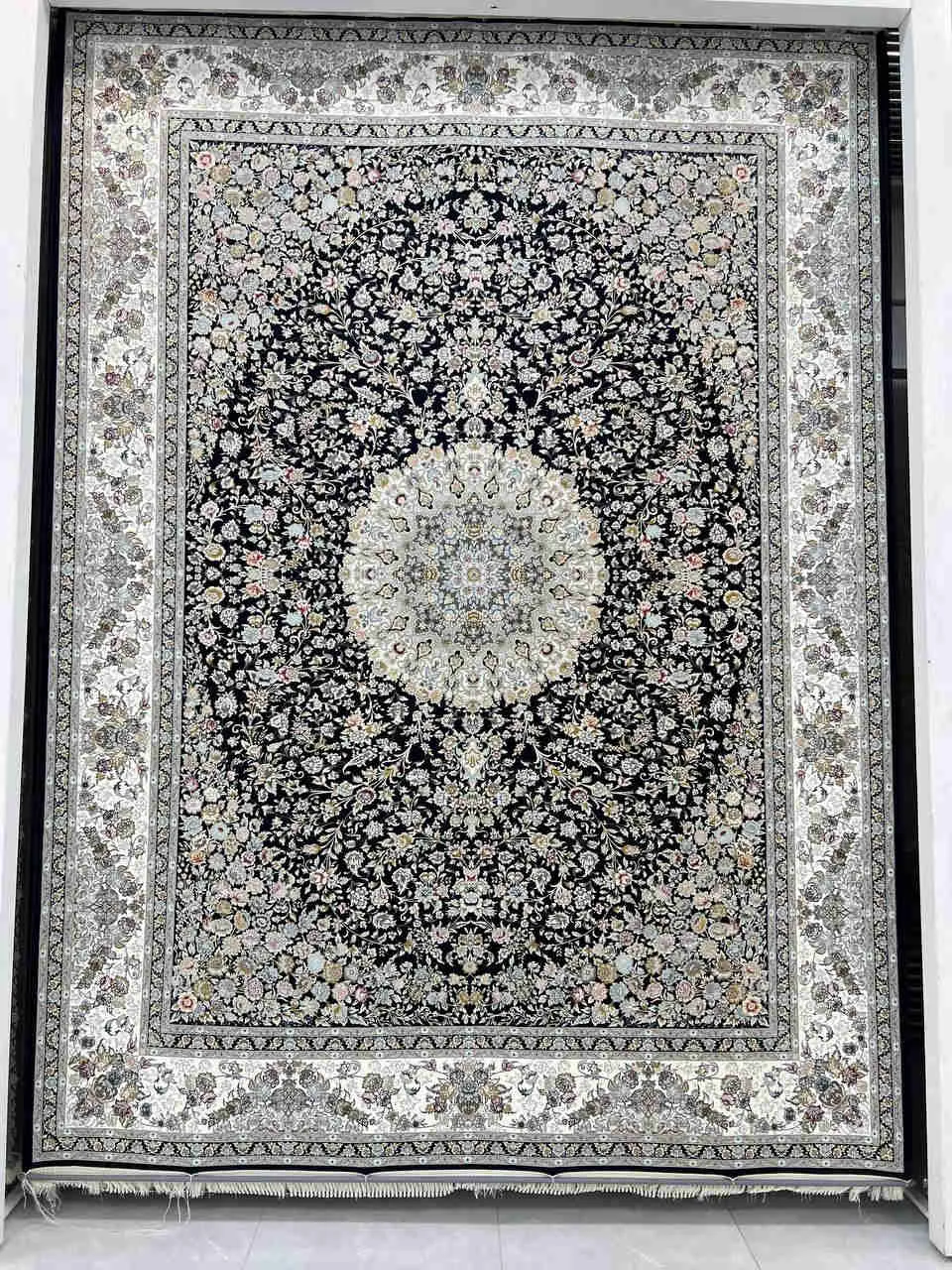
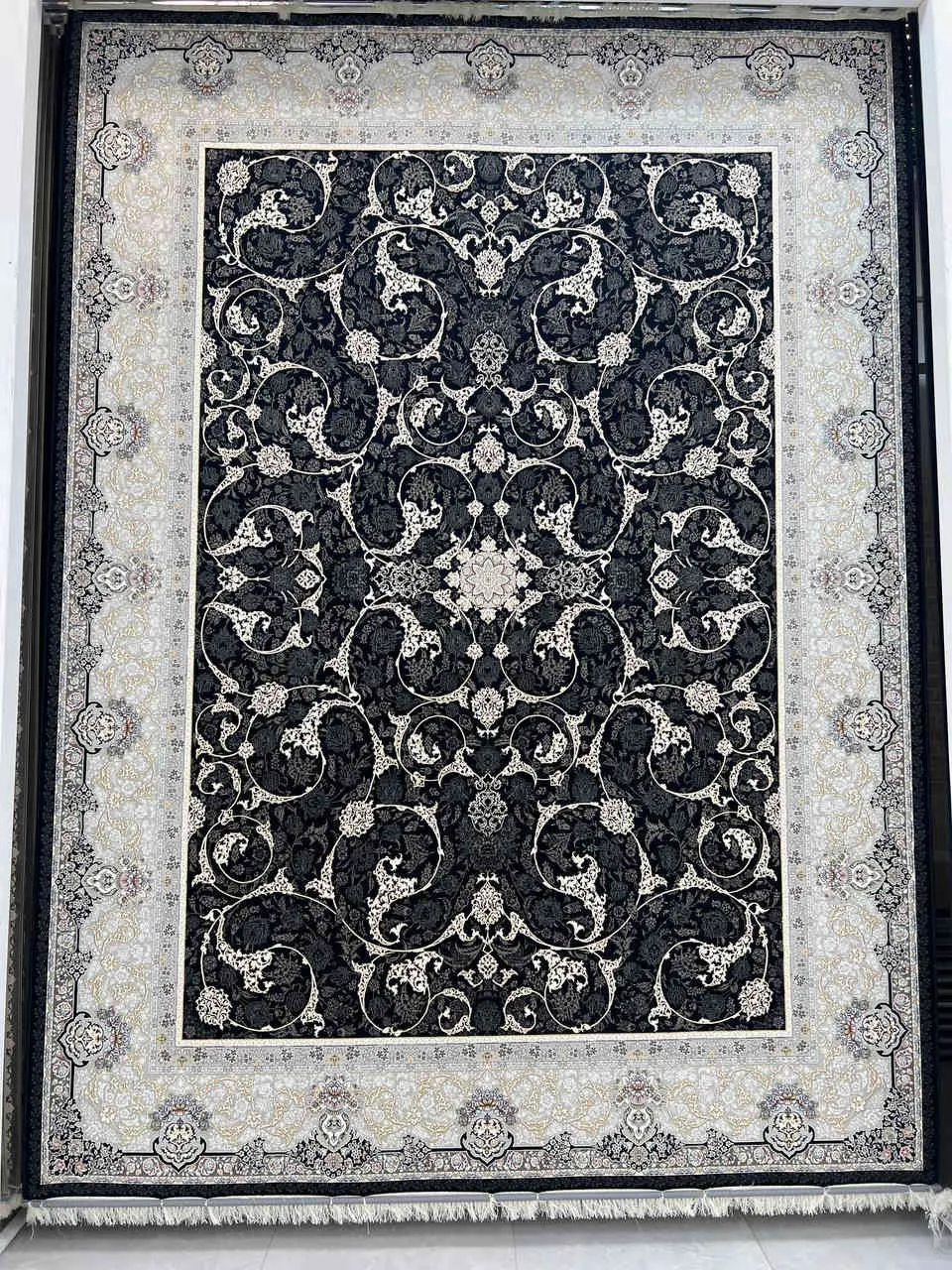
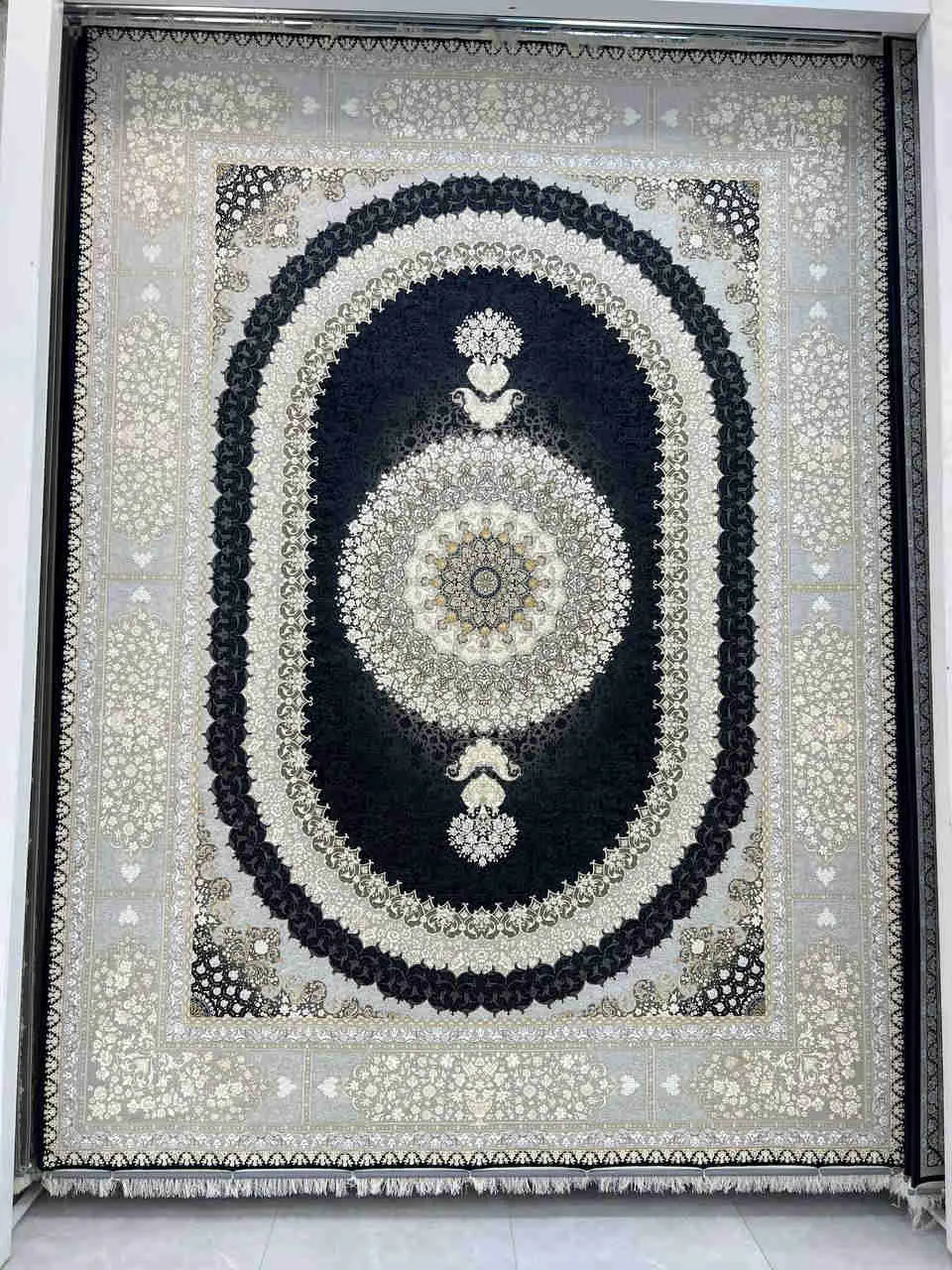

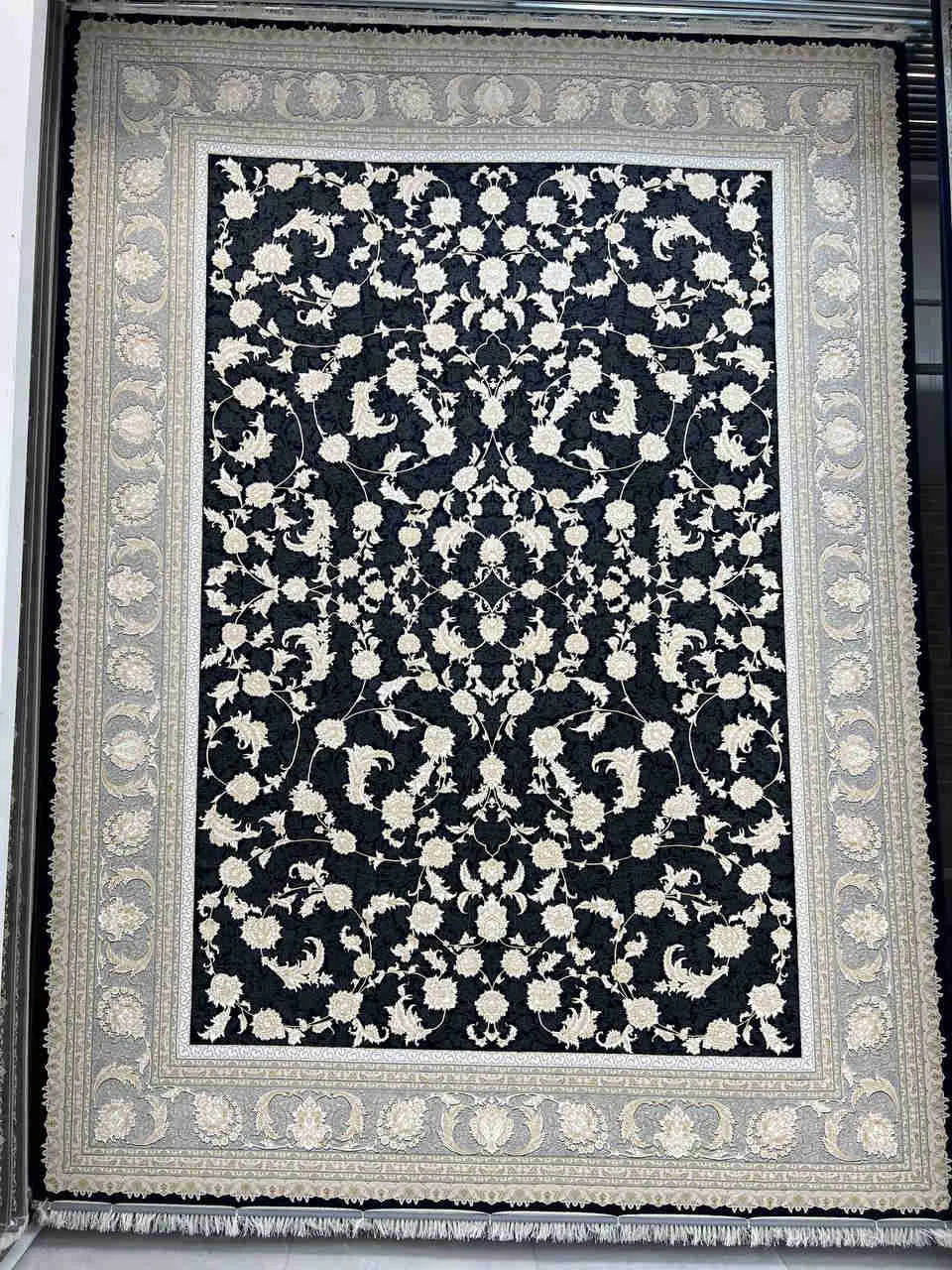
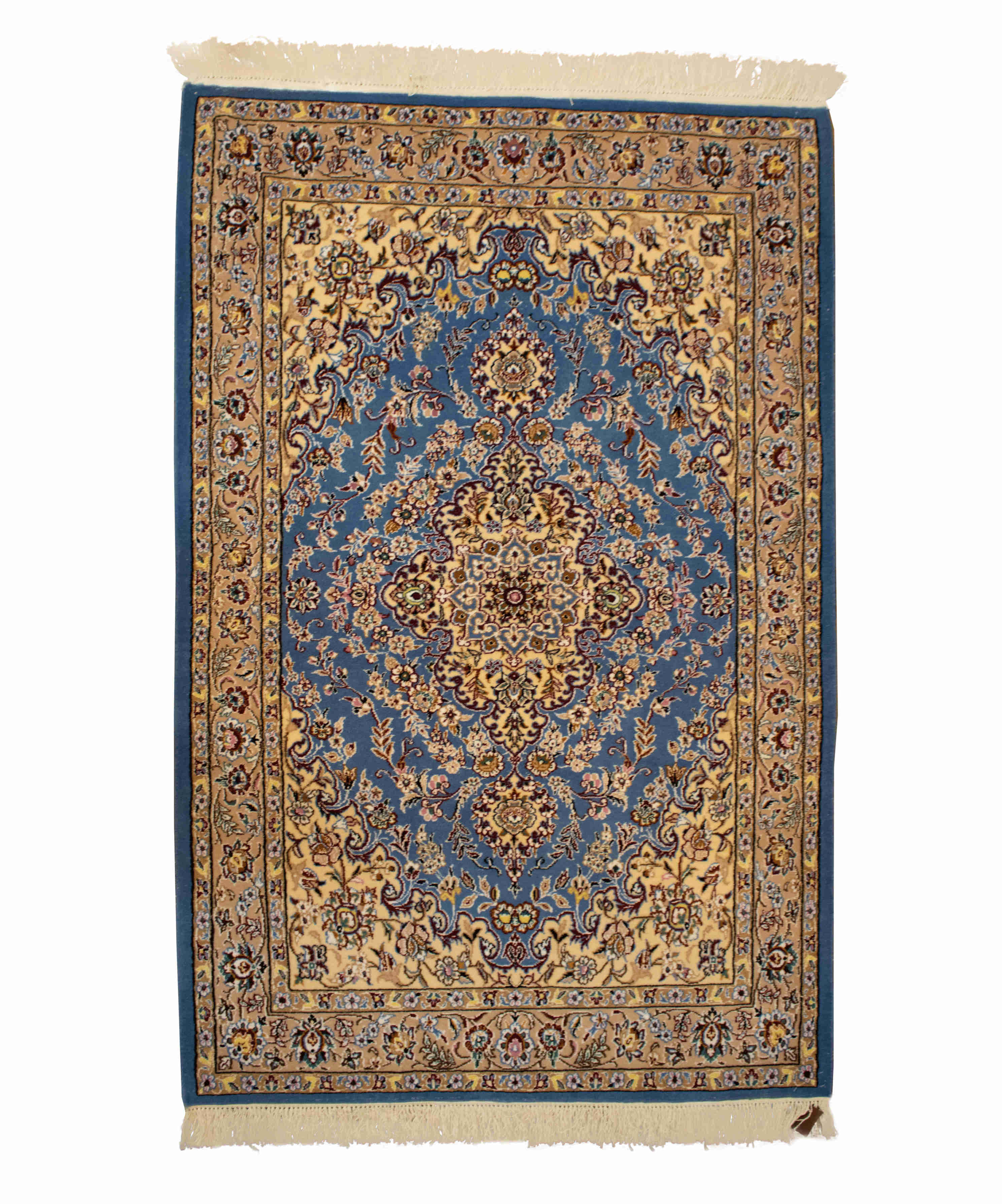

_11zon.webp)
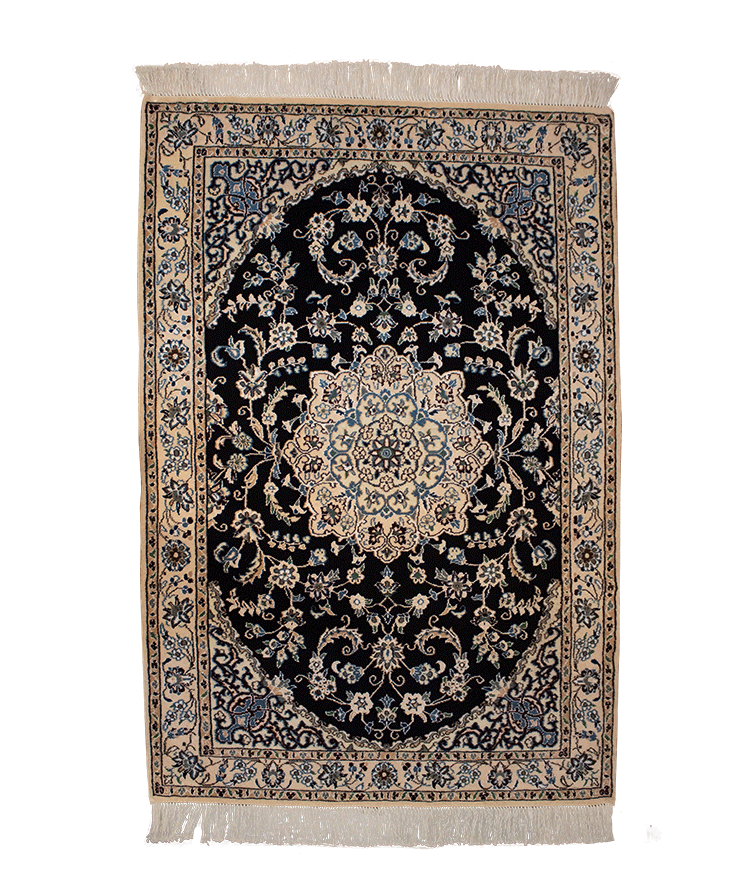
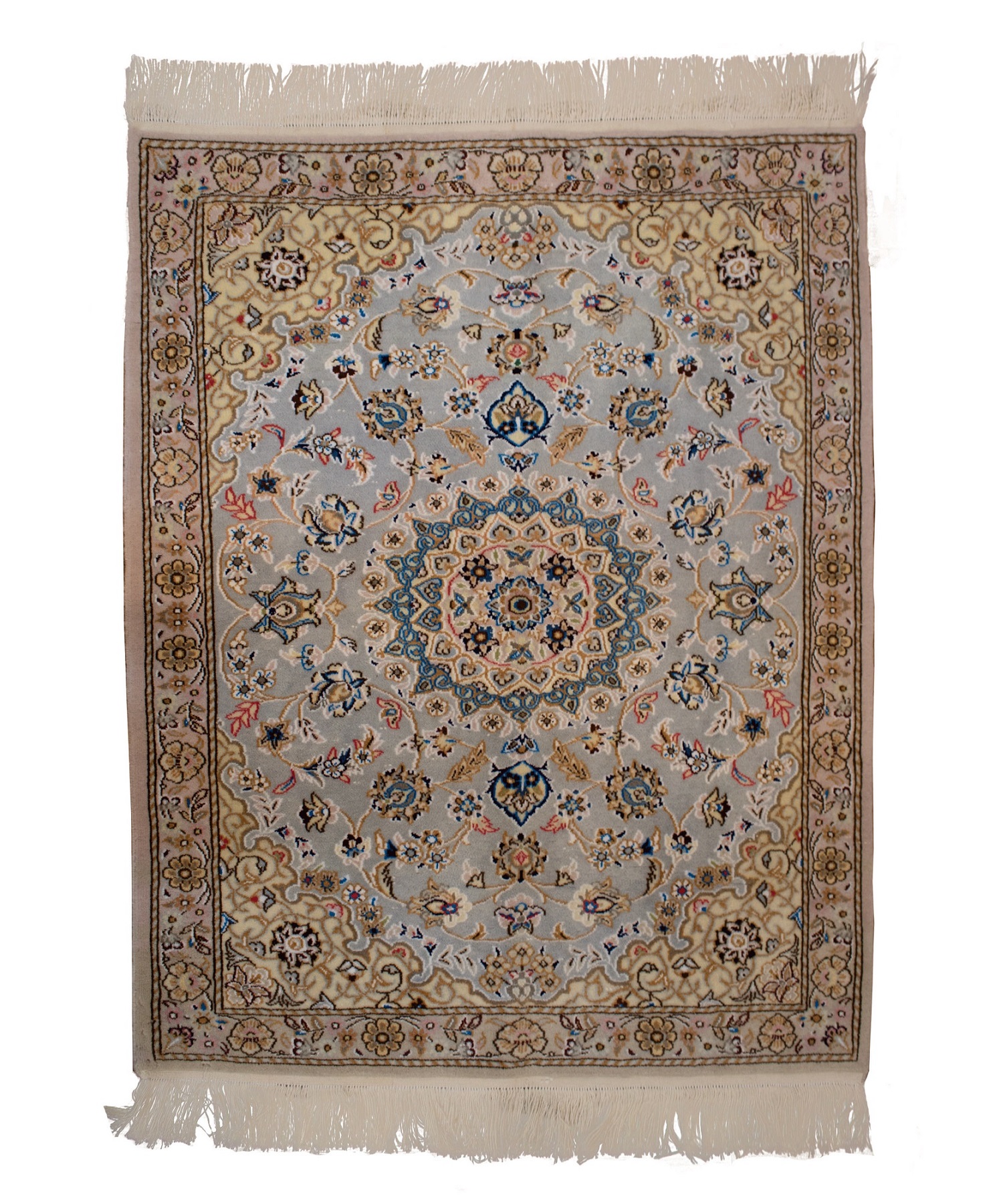
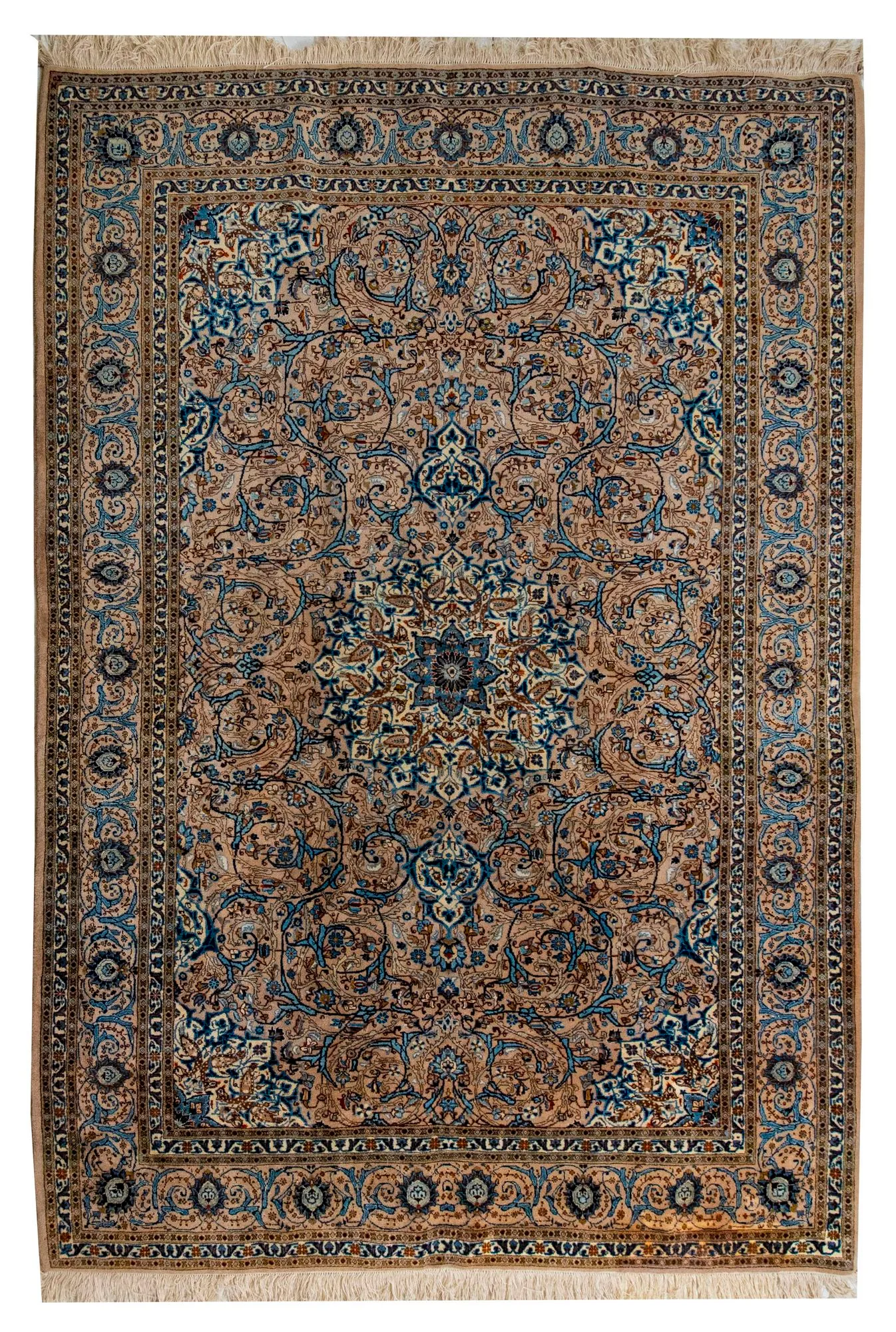

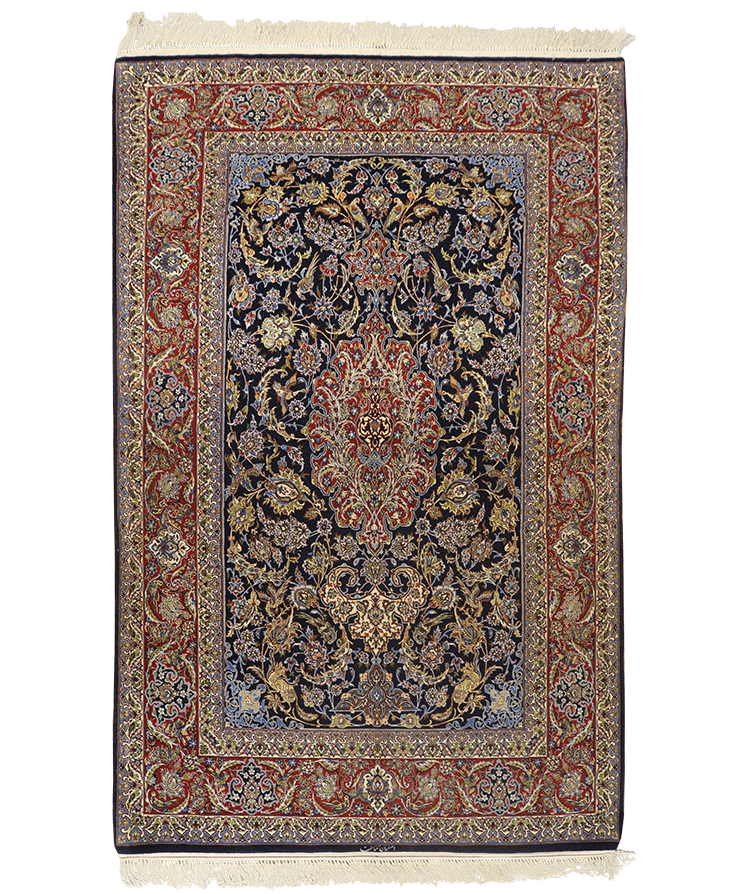
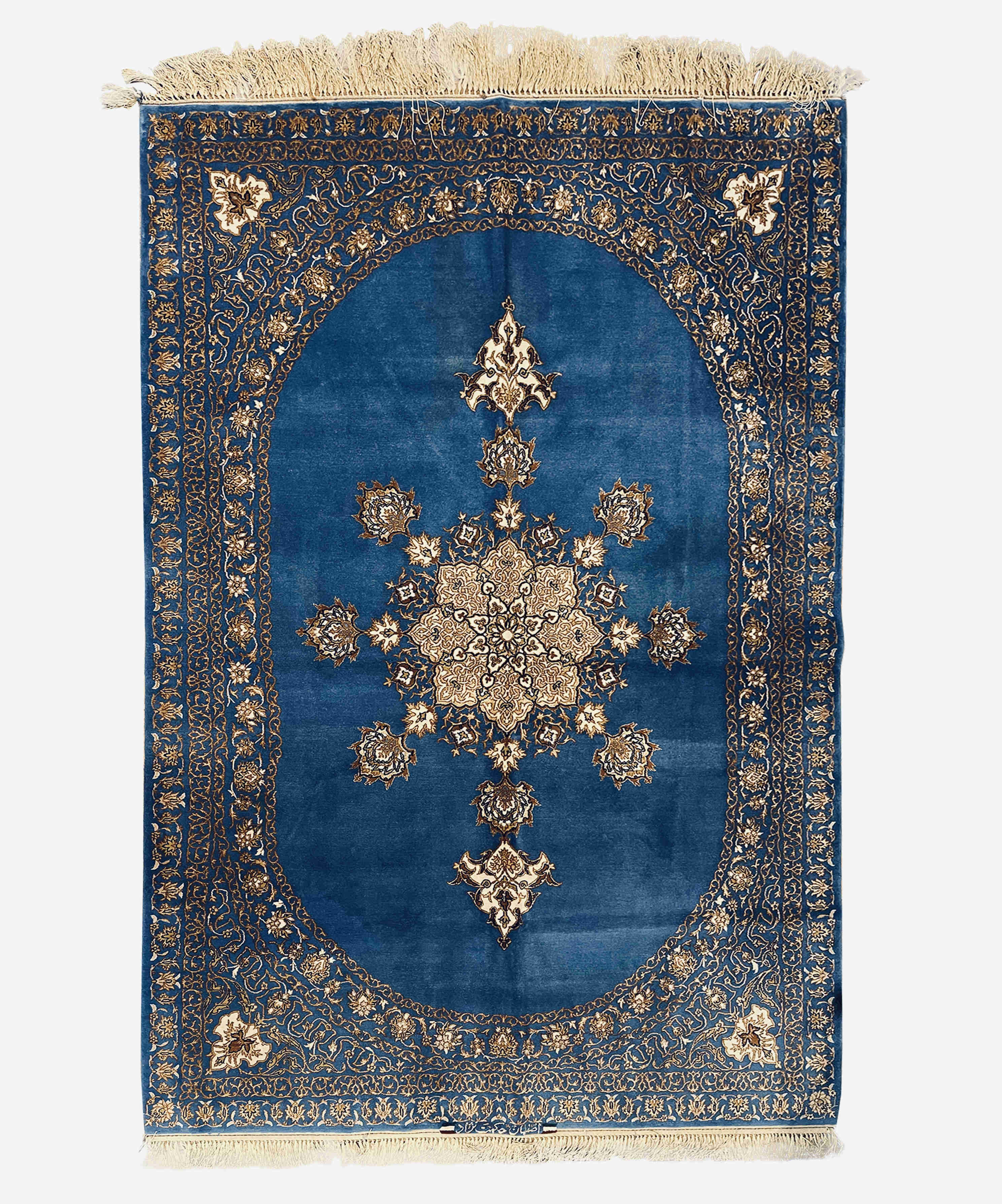
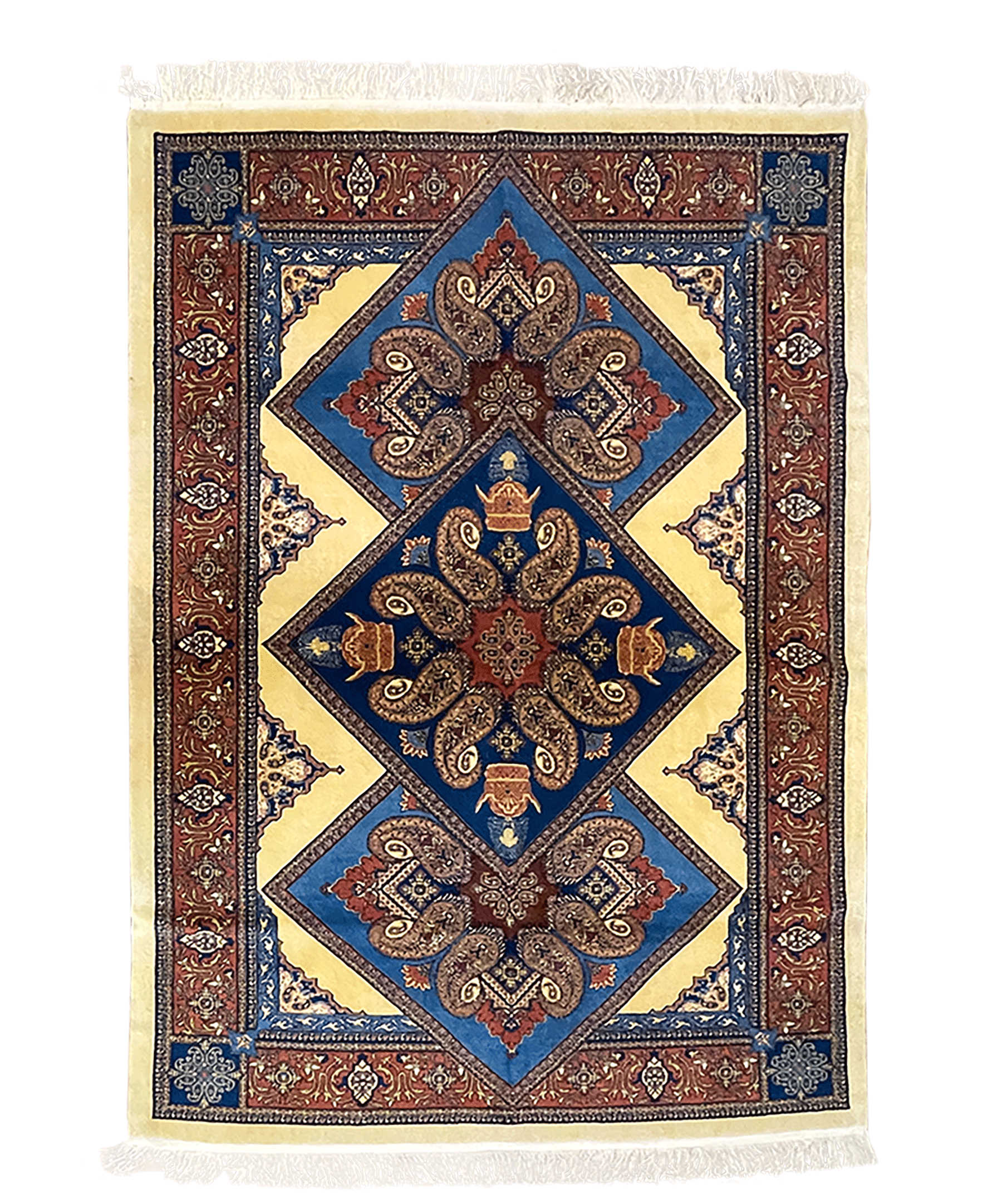
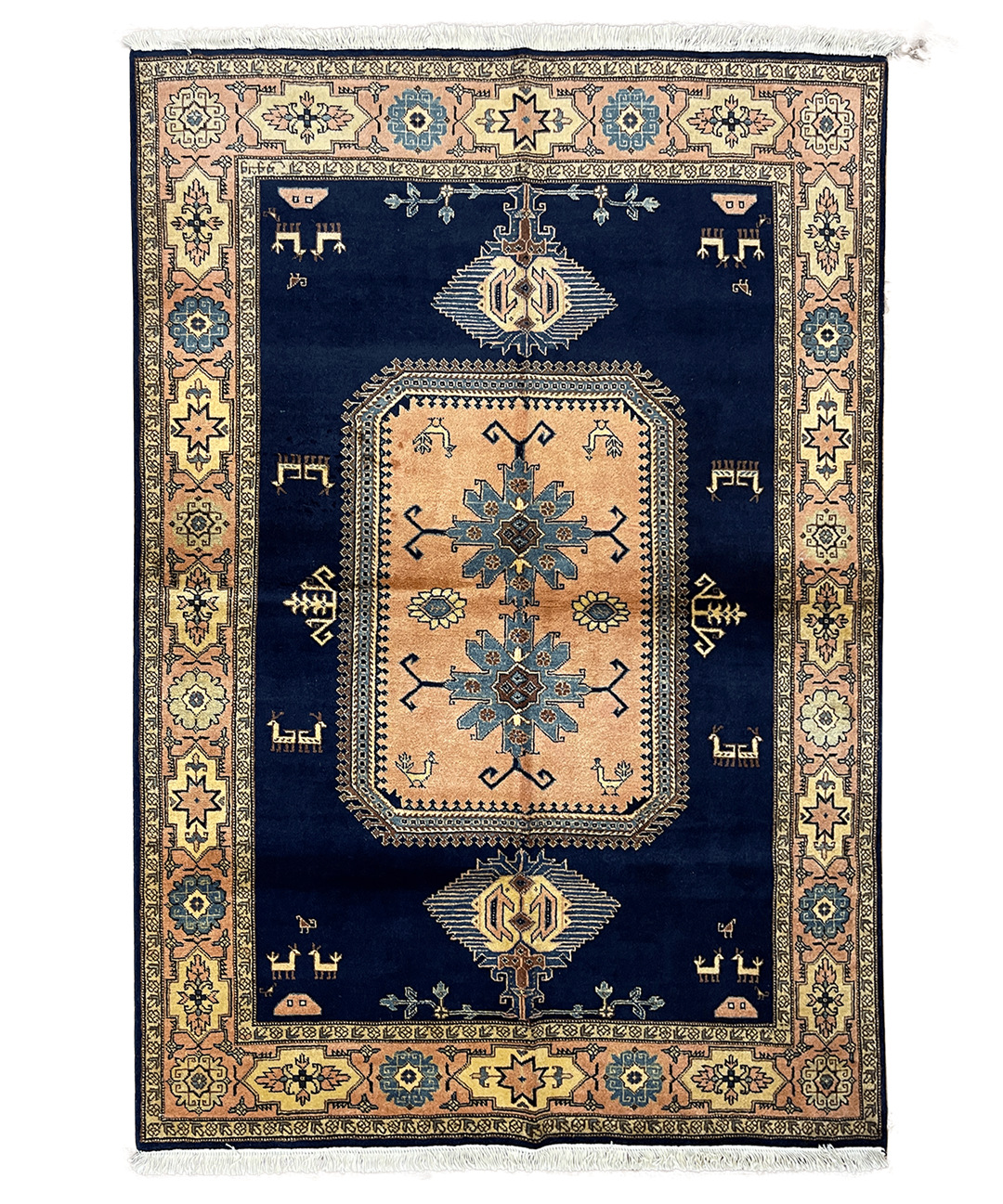
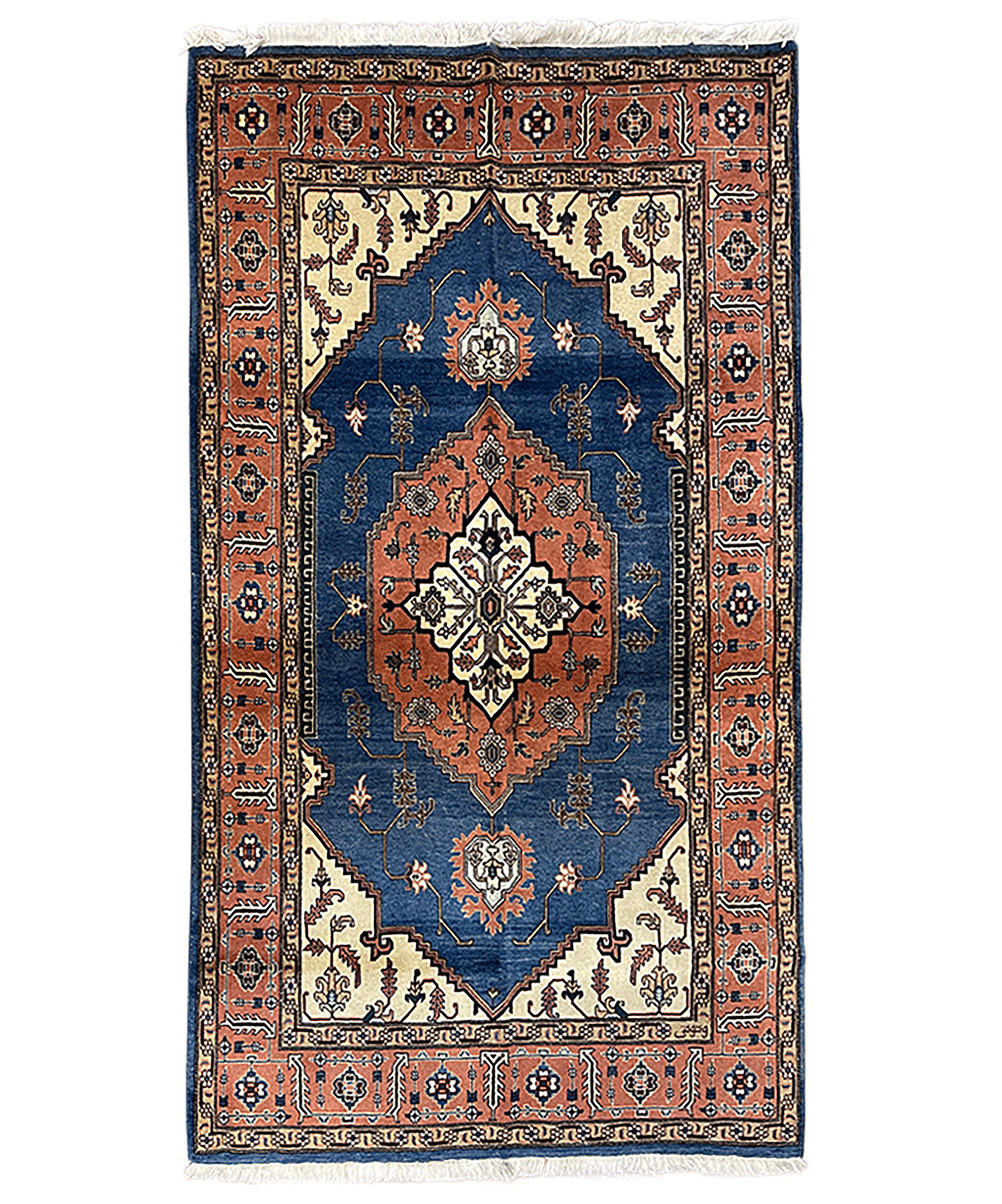
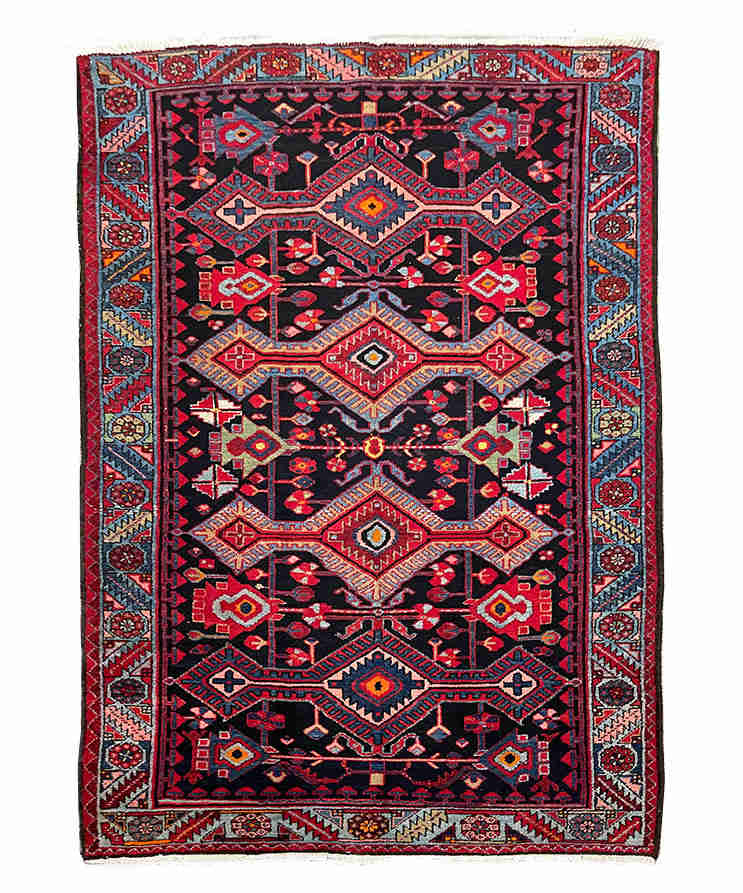
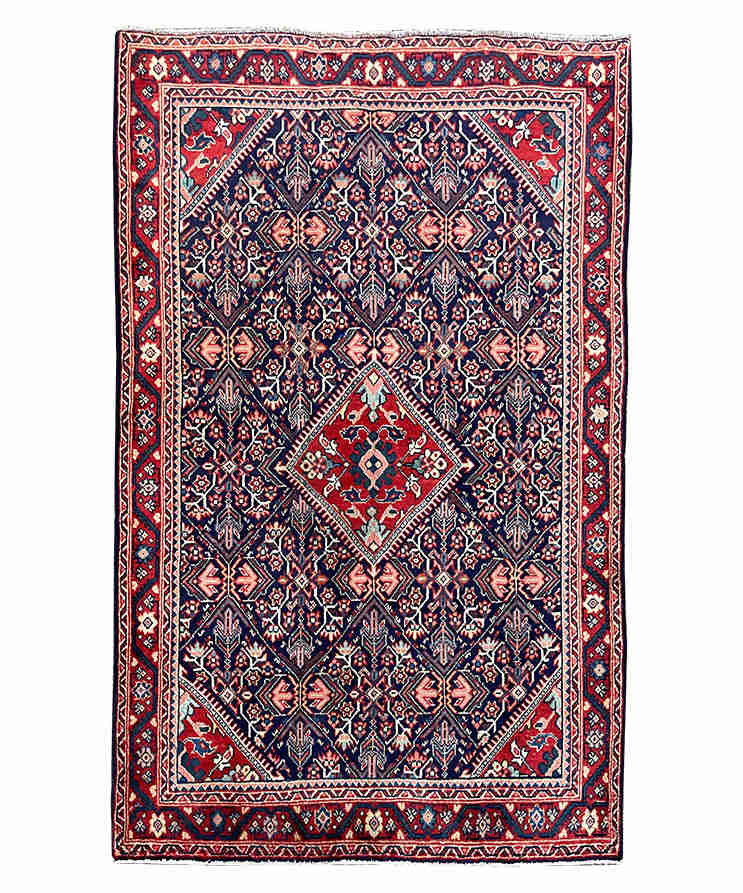
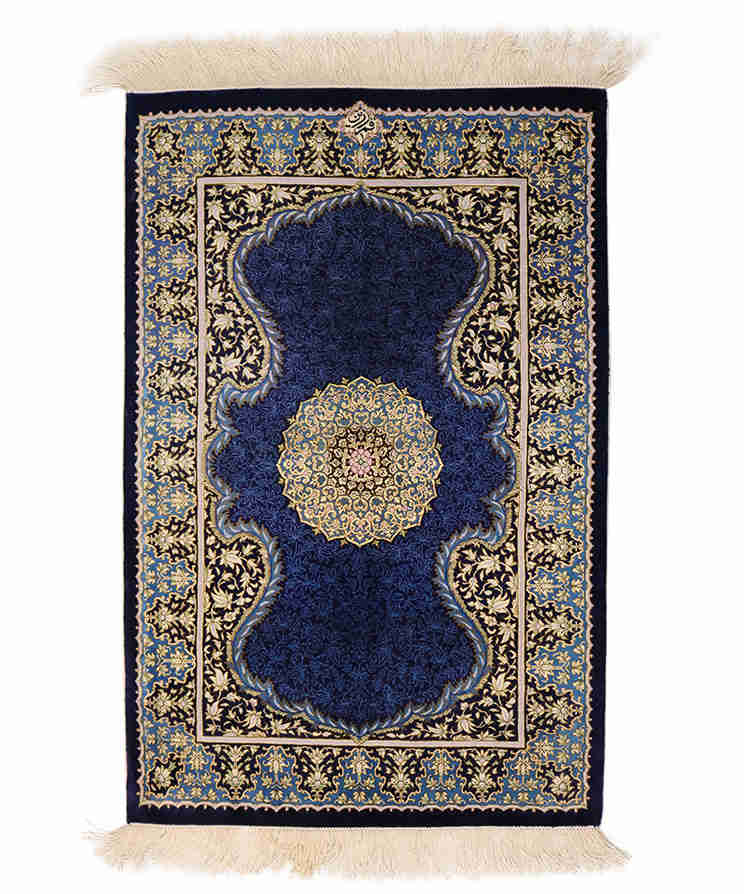

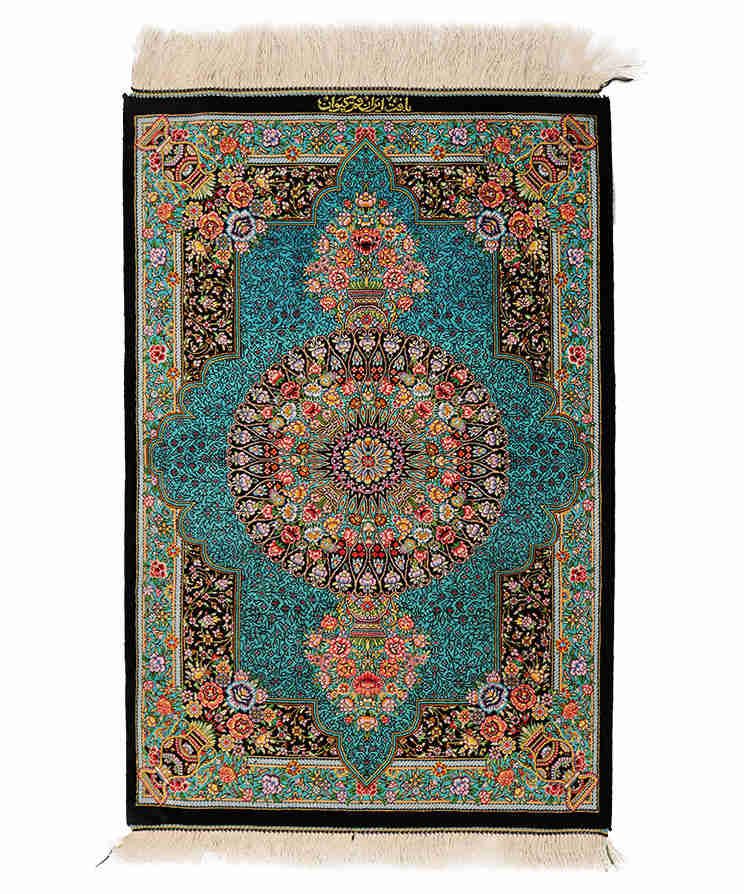
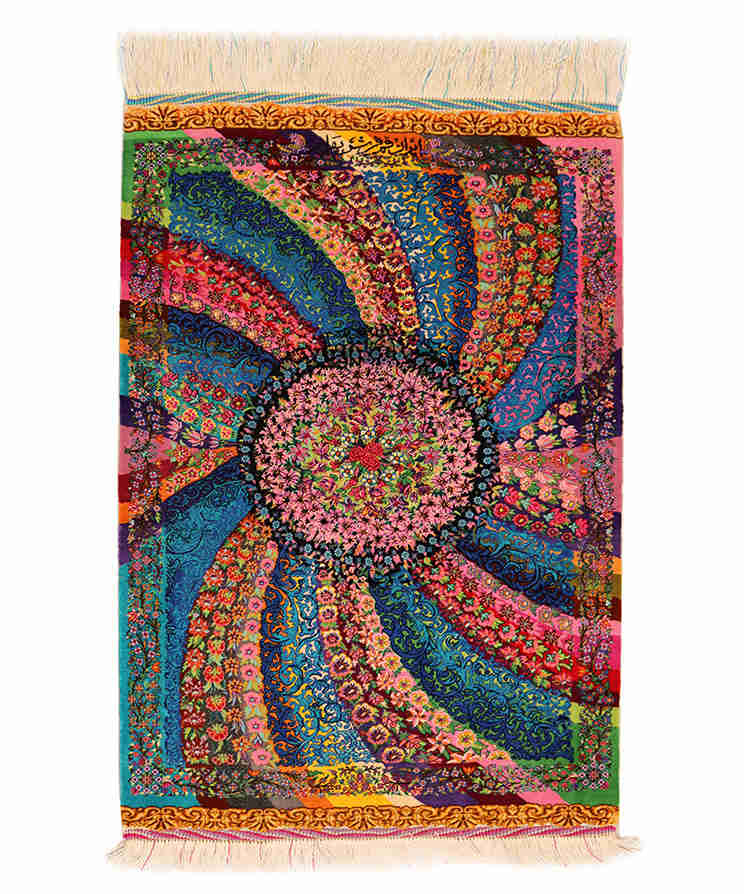
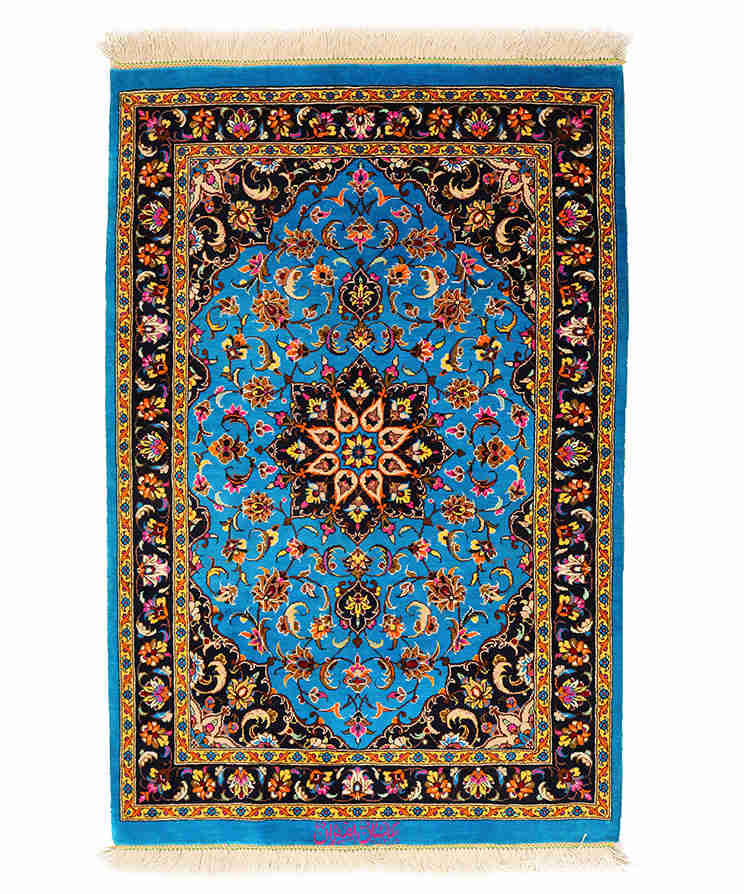
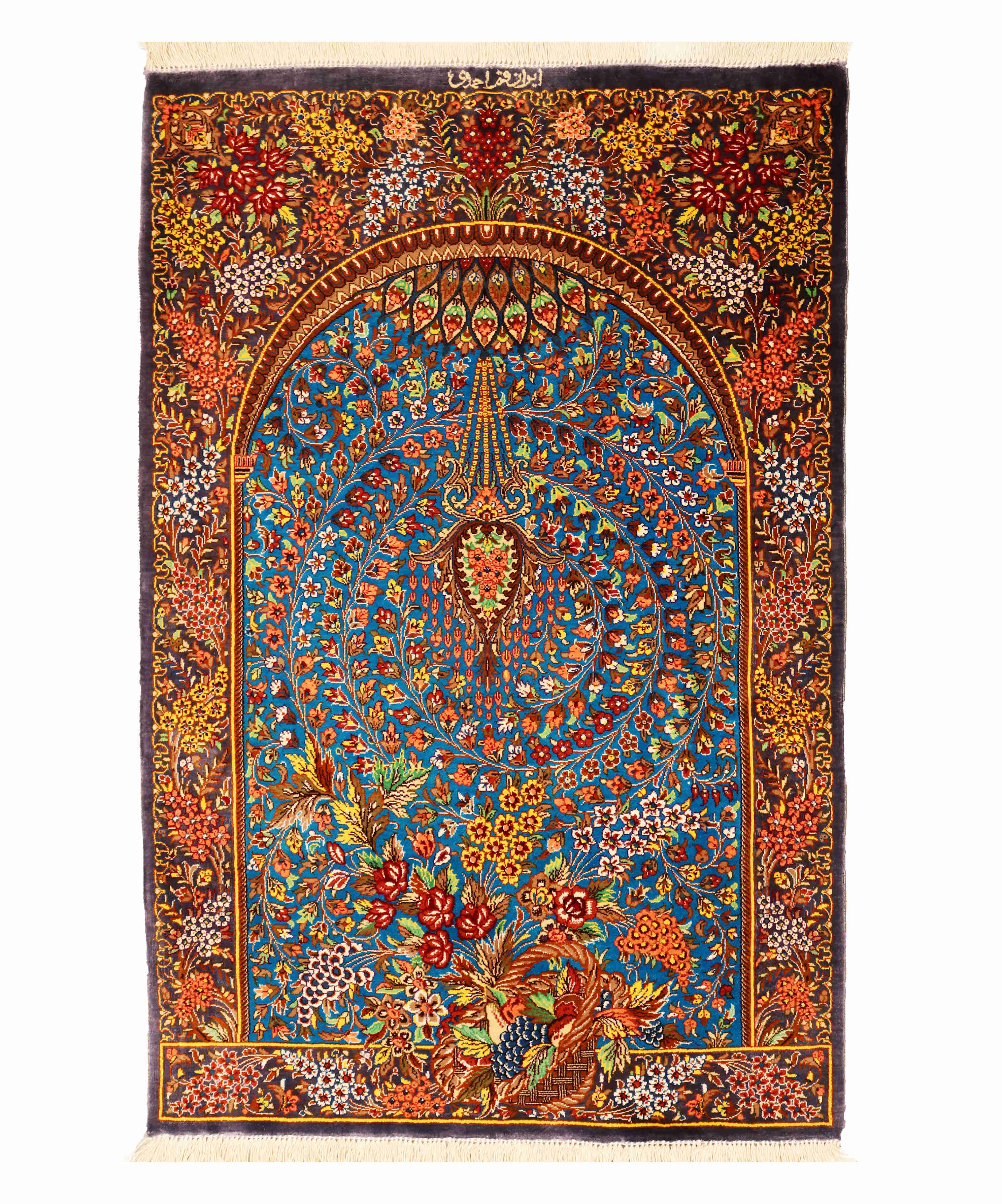

.webp)